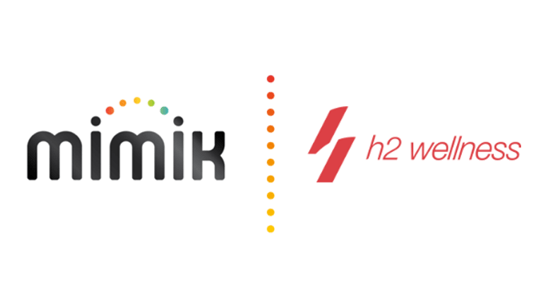With the rapid deployment of 5G technology across industries, the network ecosystem has reached a higher level of maturity.
The global 5G ecosystem is getting a level of technology maturity more rapidly than any earlier generations. This has enabled the telecom operators to develop network deployment and the go-to-market (GTM) strategies – helping with mass-market appeal and scale across evolving B2B, B2C, and B2B2X business models.
Lately, there has been a rapid increase in migration of the 4G mobile subscribers to 5G networks and new business use cases facilitated by 5G expertise. Amid the economic turmoil, the overall 5G speed networks roll-outs have been resilient.
A recent study from Strategy Analytics evaluates the 5G commercial developments to date and offers some recommendations to telecom operators on building differentiated, competitive 5G value propositions. The principle highlights are –
- Network deployments should cater to the diverse requirements of the organization and consumer segments – in order to maximize revenue generation and service adoption. Operators must shape their 5G speed networks with a precise mapping of traffic profiles against certain locations.
- The low-band spectrum is vital for coverage (and some initial launches), and mid-band is for the differentiated high-bandwidth network experience. This combination will allow operators to maximize the early use case opportunities spanning valuable consumer segments.
- B2B strategies demand to capitalize on the current drive for business digital transformation and agility. It is also essential to identify compelling content services to provide a set apart of 5G experiences while driving adoption.
- 5G pricing needs to contain more elements to offer business uplift potential and factor in 5G facility performance
As mentioned by Phil Kendall, Executive Director, Strategy Analytics Service Provider Group, in the company blog post – “It can be easy to dismiss talk of the transformative impact of 5G as hype, but rapid social and business change happening in 2020 as a result of COVID-19 has emphasized the value of high-quality network experiences and the need for businesses to adopt new operational models. In these scenarios, flexibility is arguably the killer app for 5G.”
Simply put, even though businesses are close to the mainstream adoption of 5G devices, we are early in the stage of the 5G lifecycle. Thus, operators are required to position their pricing efficiently. In fact, it is critical to maintaining the value propositions to steer the next wave of users – both enterprise and consumers.
In this context, Sam Armani, Vice President of Business Development at Mimik, explains, “With the emergence of the 5G networks and the exponential growth of smart devices, there is a growing need to process data on edge devices such as smartphones or IoT devices to reduce latency, improve data privacy and unlock new business opportunities with sustainable business models and operational costs.”,
Clearly, with more affordable 5G devices coming to the market, network operators need to pair with options for high-value premium plans – alongside more HD content while they focus on entry-level plans for users. They must utilize the standalone 5G network’s launches as an advantage to augment virtualization amid core networks.



